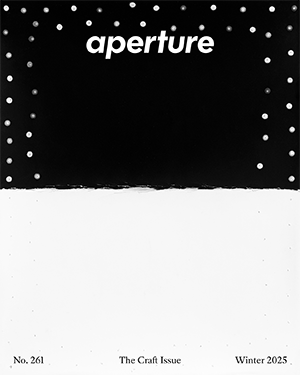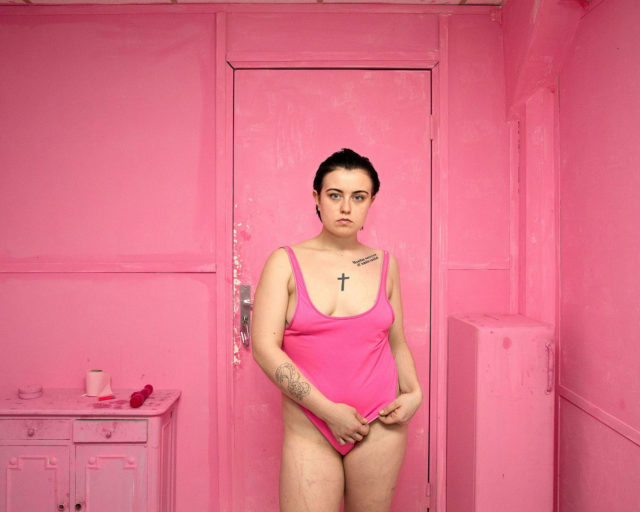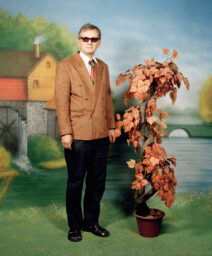Elliott Erwitt, Provence, France, 1955
Over the past year, due to lockdown measures and travel restrictions, many photographers have seen a drastic shift in their day-to-day creative practices. Some artists took this as an opportunity to reengage with their archives—looking back at previous travels or life before the pandemic. Others turned their cameras inward, focusing on interior environments and new ways of creating photographs.
The latest edition of the Magnum Square Print Sale, Ways for Escape, brings together photographs representing the things we take solace in—and the ways we make our getaway.
Through July 18, 2021, collect these signed and estate-stamped, six-by-six-inch, museum-quality images for $100 each. When you purchase through this link, you directly support Aperture’s programming, publishing, and operations. Below are highlights from Ways for Escape: The Magnum Square Print Sale.

Khalik Allah
“The only way of escaping a problem is by facing it. Averting our gaze is often how problems are deepened. The more you look at fear, the less you see it. Shooting at nighttime in the streets, without a flash, my photography is predicated on available light, proximity, and time; but I’m trying to escape those limits by focusing on what’s eternal in a person. By documenting the light in the eyes of what people in the streets see, the result is emotion written on emulsion. The way the system is built, some of my subjects are locked up on the outside. They’re not contained by barbed wire and prison gates, but by a vicious cycle that’s hard to escape.”
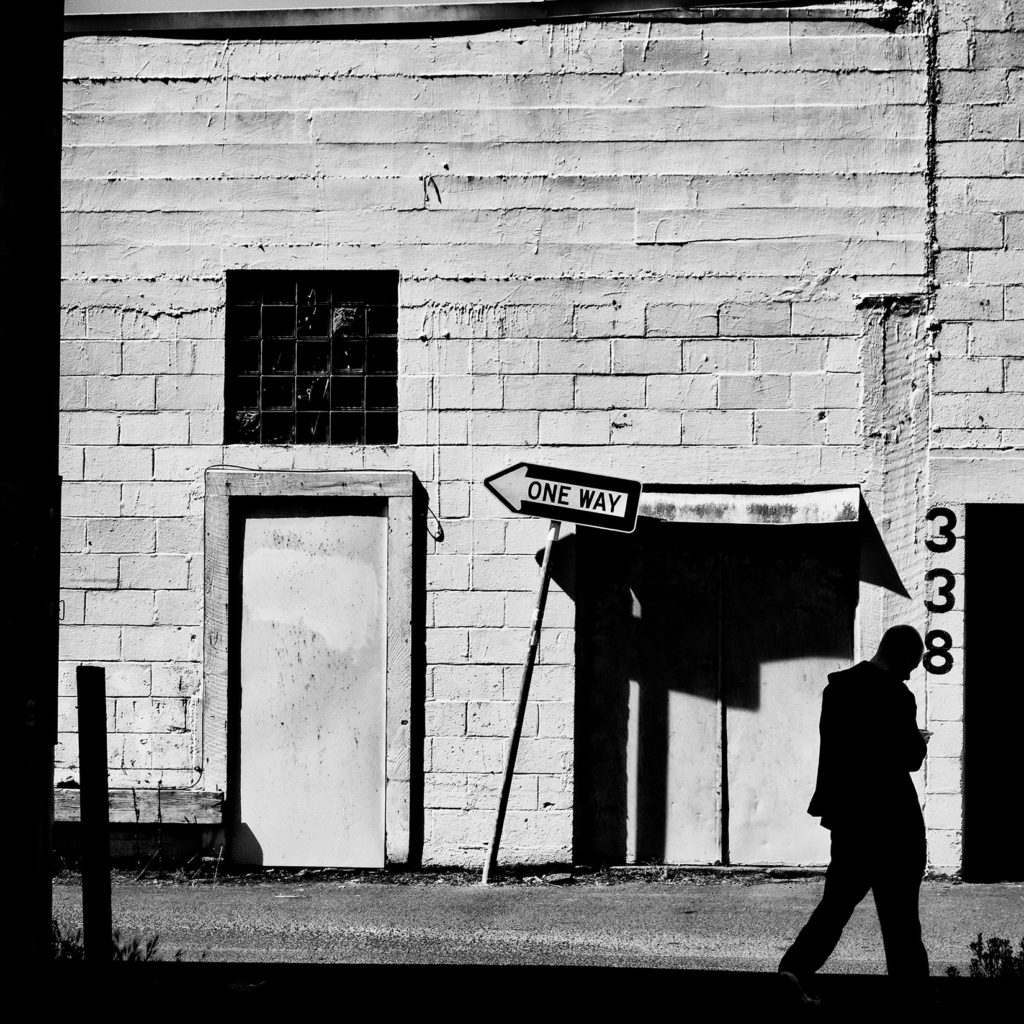
Matt Black
“Photographers are bound by the physical world, but their true region of exploration is the mind. Through pictures, we can find fresh ways of understanding our world, slipping past accepted wisdom and into the new.”

Sabiha Çimen
“Things can be hidden in plain sight. A face is recognizable even to a newborn, but when that face is hidden, the image can become a mirror, where our selves are reflected back to us. Photography reveals things to the heart even when they cannot be seen with the eyes.”
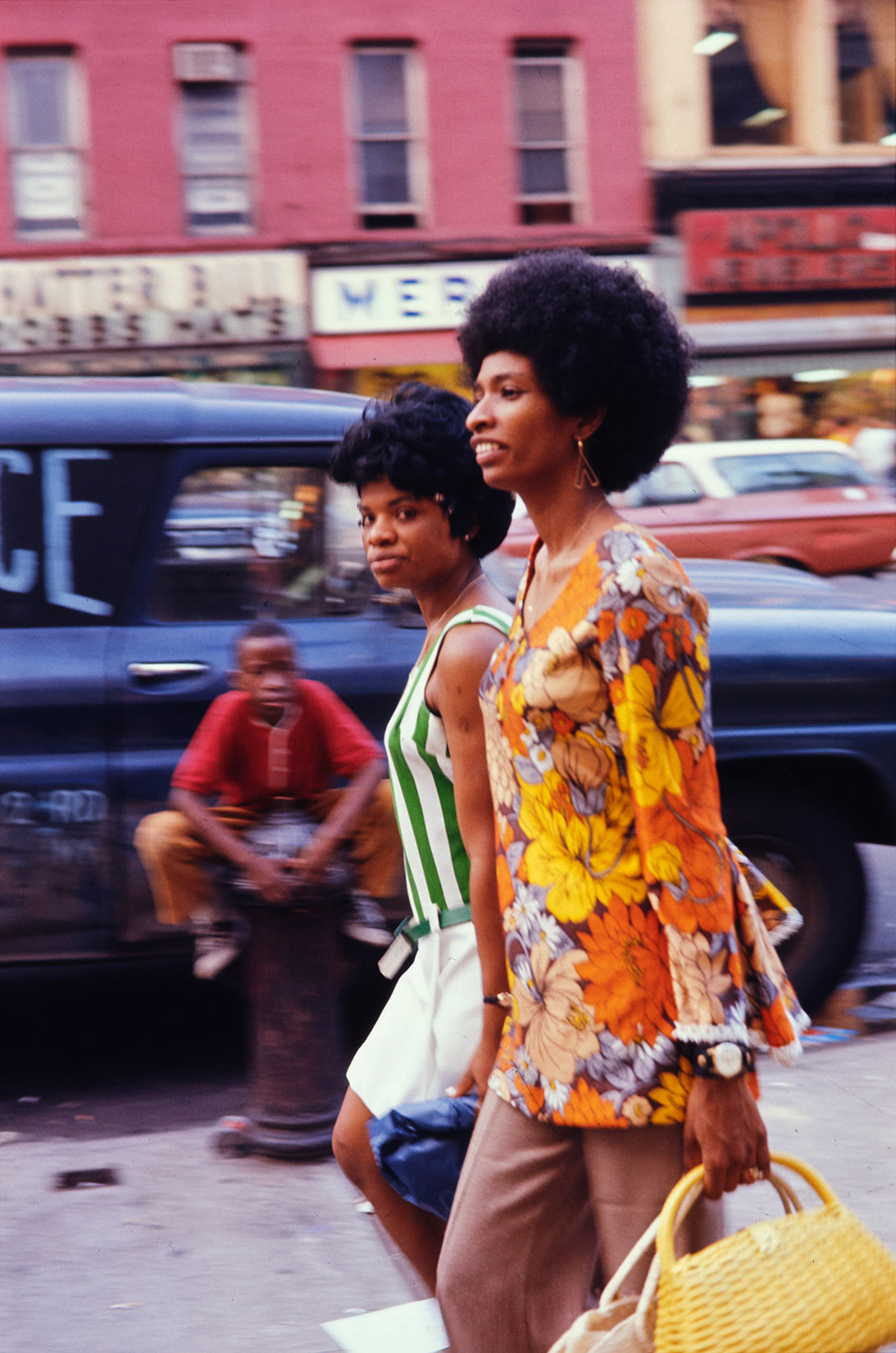
Ernest Cole
“The extraordinary element of Ernest Cole’s photography is that, rather than ‘choreographing movement’ in the style of film critic André Bazin’s explanation of mise-en-scène, he is ‘stealing momentum’ in real time on the street. Sometimes the best way to escape is by stepping outside. As Bobby Womack sang in 1972: ‘You can find it all in the street, yes you can, oh look around you, look around you, look around you.’” —Estate of Ernest Cole

Cristina De Middel
“Buy a map, get a car, and run away. Throw away the map after you realize you can use the car navigator. Stop driving after you realize a satellite is sending your coordinates to a database that will predict your need to stop after three hours to fill the tank. Start receiving advertisements about nearby tourist attractions and sodas to calm your thirst. Get out of the car and start walking while you understand that your glorious breakaway is just a performance to fool yourself into believing that you still control your life.
After thousands of years of mythology and philosophy, it turns out that destiny and fate were just a database, and the only real escape is not based on distance (physical or emotional) but in randomness, chaos, and oblivion. Now, start believing that these things actually exist and start trying to control them. Go back to the beginning of this text and start over again.”
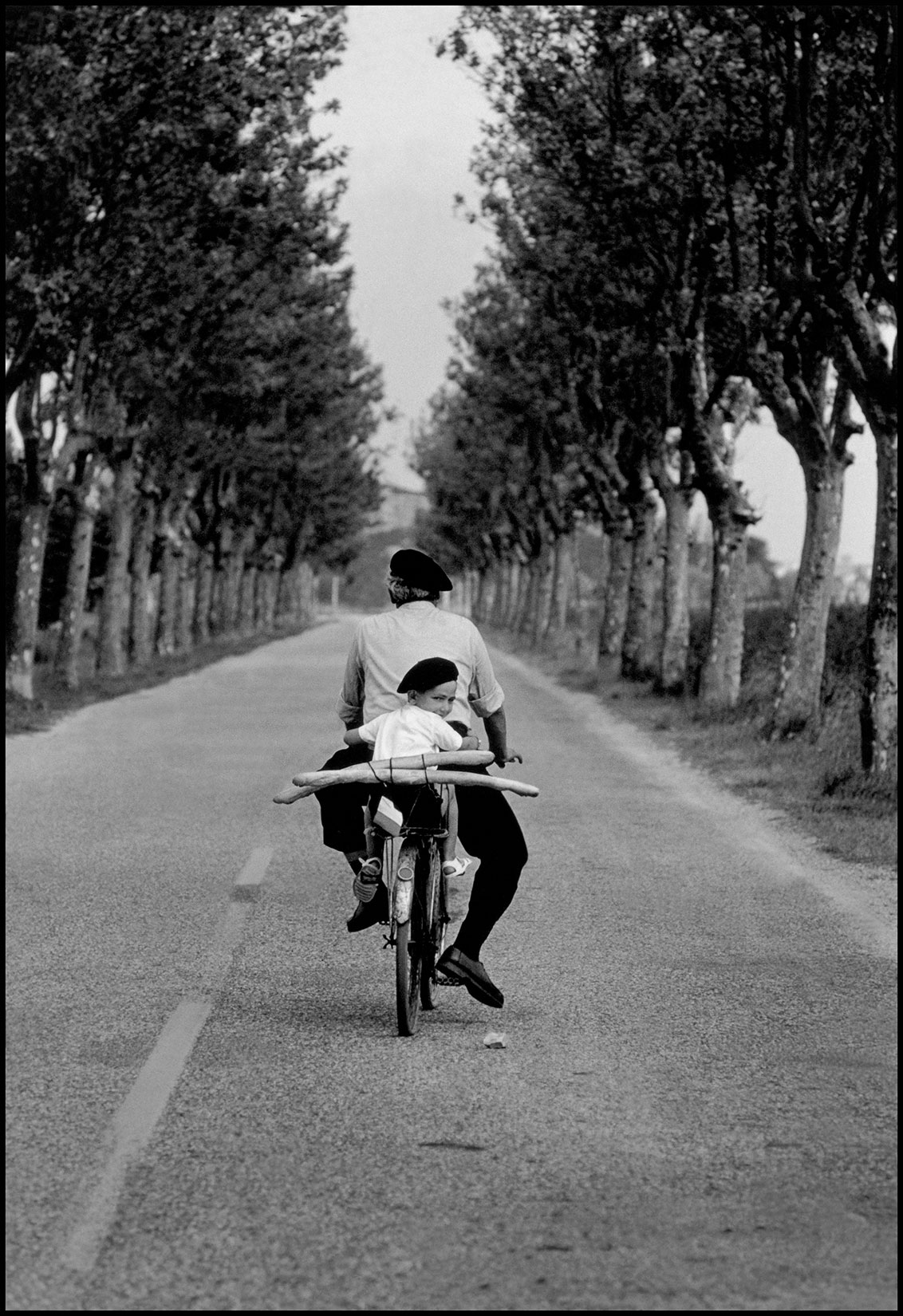
Elliott Erwitt
“Photography is really very simple. The only important thing is to keep shooting. Commercial or fine art, it doesn’t matter. Nothing happens when you sit at home.”

Harry Gruyaert
“I was traveling by car in Extremadura, in Spain, when I was attracted by something that sounded like a big party going on. I parked the car and climbed up onto a little hill. From there, I had a perfect vantage point on what was going on: a large gathering of people having a picnic.
The atmosphere, the colors, the mottled light falling on the people sitting around tables: it was like looking at an impressionist painting. I shot a few pictures and drove on. Looking back at this image, I feel it represents everything we have missed during this COVID-19 period: the pleasure of being outside, sharing food, and happy moments with others.”
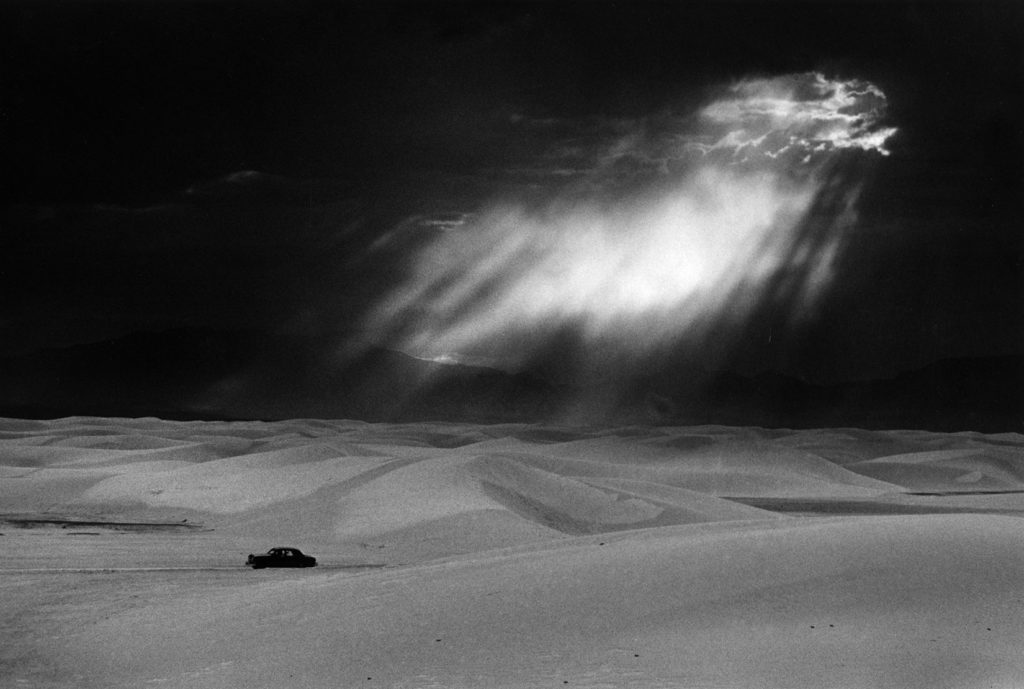
Ernst Haas
“Ernst Haas loved the American desert landscape of the West. When he finally was able to leave Austria after World War II, his dream was to go there and explore all the landscapes he had seen in books and films. This picture symbolizes not only Ernst’s own escape and the journey toward a new beginning; it also shows the loneliness of freedom, where only nature’s light guides the way.
One of Ernst’s favorite places to photograph was among these white sand dunes. The desert embodied not only his, but also humankind’s quiet reflection and search for restored meaning. There, Ernst felt he could heal his life and restore his position within nature. After the chaos of war, the desert offered the reflective purity of nature and an escape from humankind’s disorder.” —Estate of Ernst Haas

Sohrab Hura
“I was never interested in photography. In my last year of high school, 1999, my mother fell sick. I’d be locked up in my room and sometimes beaten for reasons I could not understand. Because I was the only other person at home, I could also not leave. At that time, I felt like I had lost everything. My mum was diagnosed with schizophrenia and, after she was hospitalized, an extremely kind photographer took me along with him on his trip to the mountains and taught me the basics of how to use a camera. I’d make photos of sunsets and sunrises and mountains and the large blue sky, photos that I’d feel quite embarrassed to look at today. But it distracted me from everything that had unfolded at home. Later, when I went to collect my prints, the person behind the counter took me aside and told me that he found the photographs very beautiful. For the first time in a long time, at that moment, I felt like I was worth something; not because he had found my photographs beautiful, but because a complete stranger had felt touched by me. For a moment, I felt like I existed.”
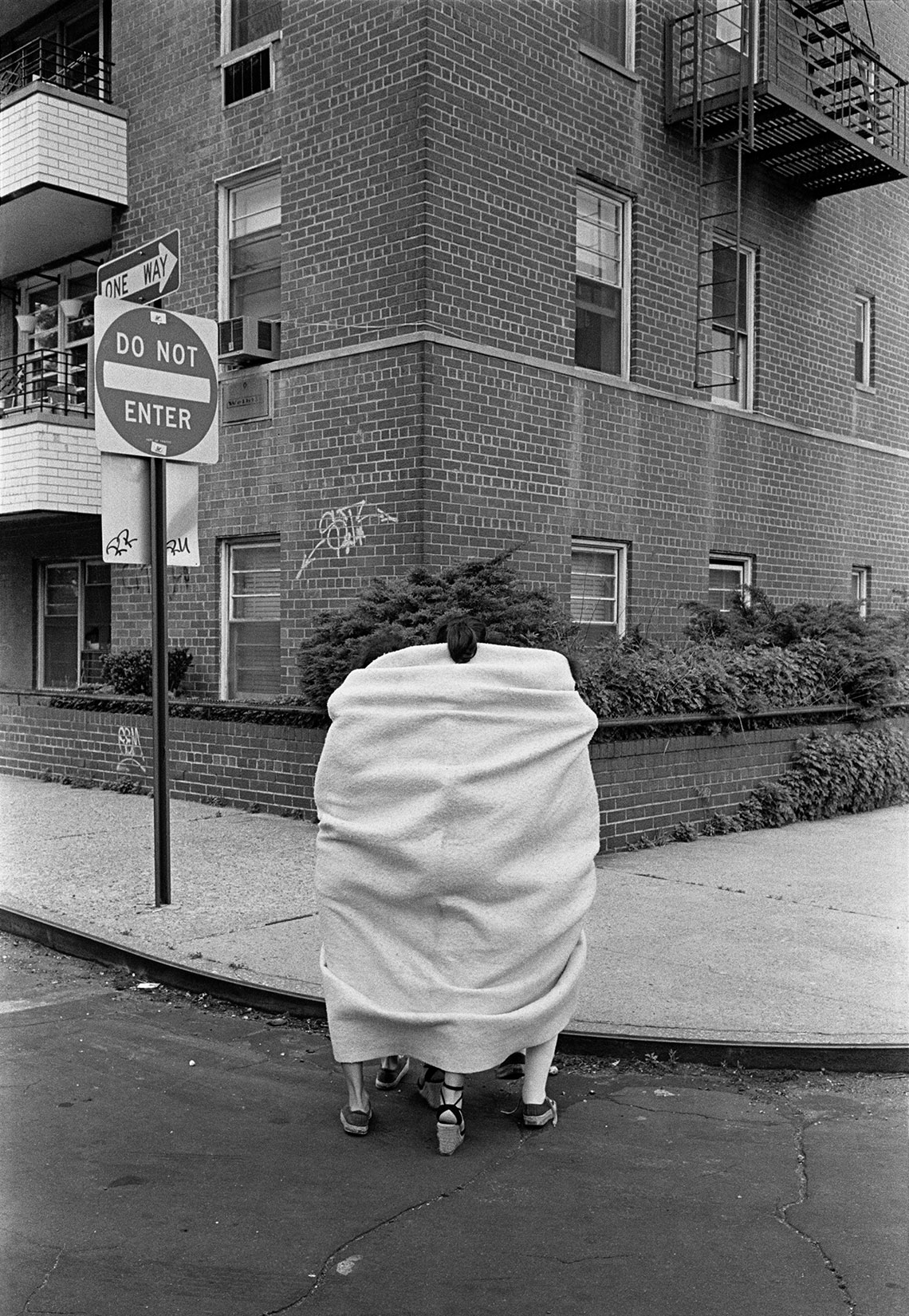
All images courtesy the artists/Magnum Photos
Susan Meiselas
“In this image, three old friends huddle together, having escaped on a long, hot, summer day at the beach, with no other purpose than to spend time away from home on a small adventure.”
The Magnum Square Print Sale, Ways for Escape, is available through July 18, 2021 at 11:59 p.m. PT. Collect signed and estate-stamped, six-by-six-inch images for $100 each through Aperture’s affiliate link.
